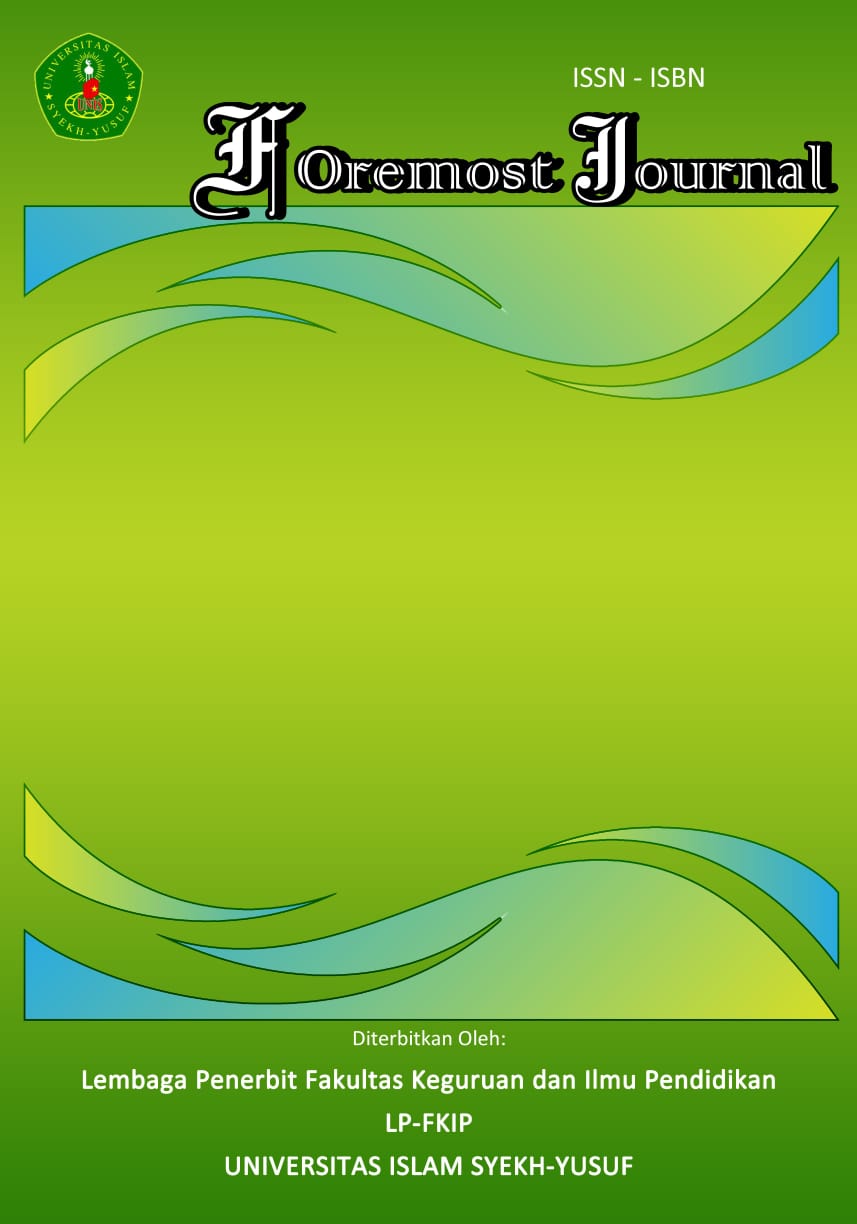Google Translate in Vocabulary Learning: The Positive Impact and The Drawbacks
DOI:
https://doi.org/10.33592/foremost.v5i1.4578Keywords:
Drawbacks, Google Translate, Positive ImpactsAbstract
This article aims to 1) explicate the positive impact of using Google Translate in vocabulary learning and 2) to explicate the drawback of using Google Translate in vocabulary learning. The method used in this writing this article is Systematic Literature Review (SRs). To analyse the data, the writer used content analysis technique. The result of the study shows that Google Translate was found to enhance student engagement and self-awareness in their learning process. Google Translate also helped them master vocabulary because it is easy to use and accessible. It also assisted students to improve their vocabulary with words with similar meaning. Moreover, Google Translate could be used for spelling check. On the other hand, Google Translate also have drawbacks such as causing dependency for students. Students were too reliant on it causing them to give less attention to the vocabulary’s deeper meaning. It is also not beneficial for students who want to learn figurative language because it cannot process figurative language well which may lead to the inaccuracy of the translation. Therefore, it is suggested that to maximize the use of Google Translate in vocabulary learning, students need to be assisted by their teachers.
Downloads
Published
How to Cite
Issue
Section
License
Copyright (c) 2024 Foremost Journal

This work is licensed under a Creative Commons Attribution-NonCommercial-ShareAlike 4.0 International License.
- Authors certify that the work reported here has not been published before and contains no materials the publication of which would violate any copyright or other personal or proprietary right of any person or entity.
- Authors transfer or license the copyright of publishing to Foremost Journal to publish the article in any media format, to share, to disseminate, to index, and to maximize the impact of the article in any databases.
- Authors hereby agree to transfer a copyright for publishing to Foremost Journal a Publisher of the manuscript.
- Authors reserve the following:
- all proprietary rights other than copyright such as patent rights;
- the right to use all or part of this article in future works of our own such as in books and lectures;
- use for presentation in a meeting or conference and distributing copies to attendees;
- use for internal training by author's company;
- distribution to colleagues for their research use;
- use in a subsequent compilation of the author's works;
- inclusion in a thesis or dissertation;
- reuse of portions or extracts from the article in other works (with full acknowledgement of final article);
- preparation of derivative works (other than commercial purposes) (with full acknowledgement of final article); and
- voluntary posting on open web sites operated by author or author’s institution for scholarly purposes, but it should follow the open access license of Creative Common CC BY-NC-SA License.



